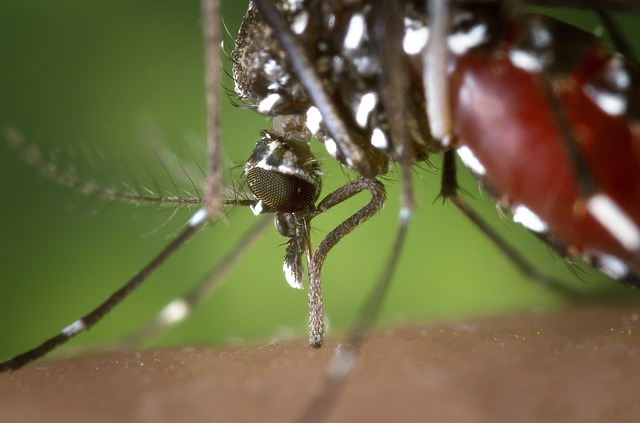Health officials in France reported an additional 428 biologically confirmed and probable dengue fever cases in one week. This brings the total laboratory confirmed or probable cases to 1816 since the beginning of the year.

Fifty people required hospitalization for their illness since early January.
Public Health France says the epidemic is intensifying in the West and North.
Aedes albopictus mosquitoes are considered to be the principal vector of dengue virus in Réunion.
According to an ECDC assessment, the current outbreak is a significant event as the number of cases already exceeds the yearly number of cases reported since 2010. This epidemic could continue and intensify in the coming weeks. Based on previous Aedes mosquito-borne outbreaks in the island, further transmission is expected up to the beginning of the austral winter (lasting from July to September) when the temperature will be lower.
Dengue is a viral infection transmitted by the bite of an infected mosquito. There are four closely related but antigenically different serotypes of the virus that can cause dengue (DEN1, DEN 2, DEN 3, DEN 4).
- Dengue Fever (DF) – marked by an onset of sudden high fever, severe headache, pain behind the eyes, and pain in muscles and joints. Some may also have a rash and varying degree of bleeding from various parts of the body (including nose, mouth and gums or skin bruising).Dengue has a wide spectrum of infection outcome (asymptomatic to symptomatic). Symptomatic illness can vary from dengue fever (DF) to the more serious dengue hemorrhagic fever (DHF).
- Dengue Hemorrhagic Fever (DHF) – is a more severe form, seen only in a small proportion of those infected. DHF is a stereotypic illness characterized by 3 phases; febrile phase with high continuous fever usually lasting for less than 7 days; critical phase (plasma leaking) lasting 1-2 days usually apparent when fever comes down, leading to shock if not detected and treated early; convalescence phase lasting 2-5 days with improvement of appetite, bradycardia (slow heart rate), convalescent rash (white patches in red background), often accompanied by generalized itching (more intense in palms and soles), and diuresis (increase urine output).
- Dengue Shock Syndrome (DSS) — Shock syndrome is a dangerous complication of dengue infection and is associated with high mortality. Severe dengue occurs as a result of secondary infection with a different virus serotype. Increased vascular permeability, together with myocardial dysfunction and dehydration, contribute to the development of shock, with resultant multiorgan failure.

